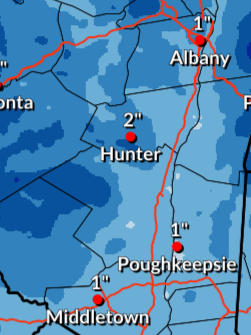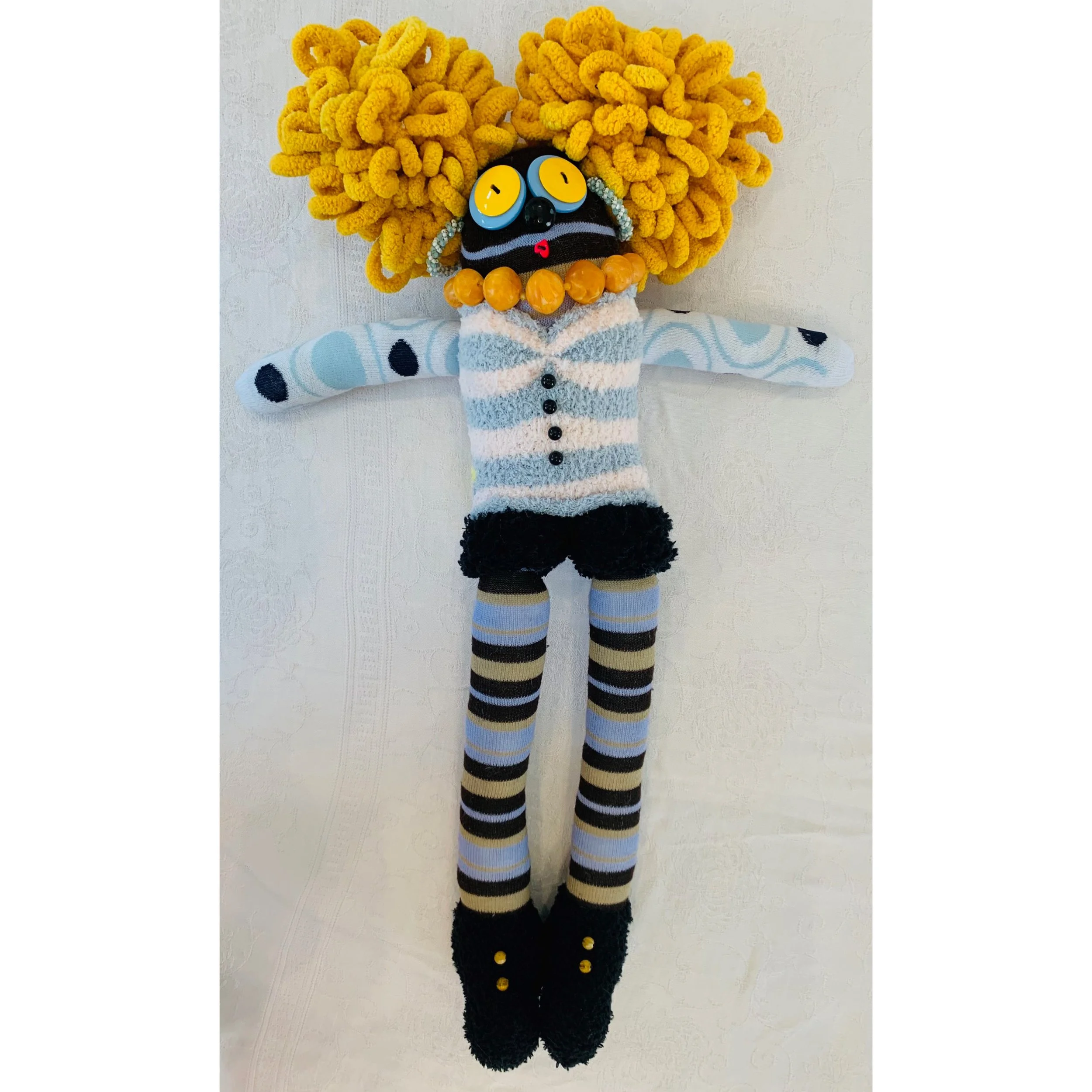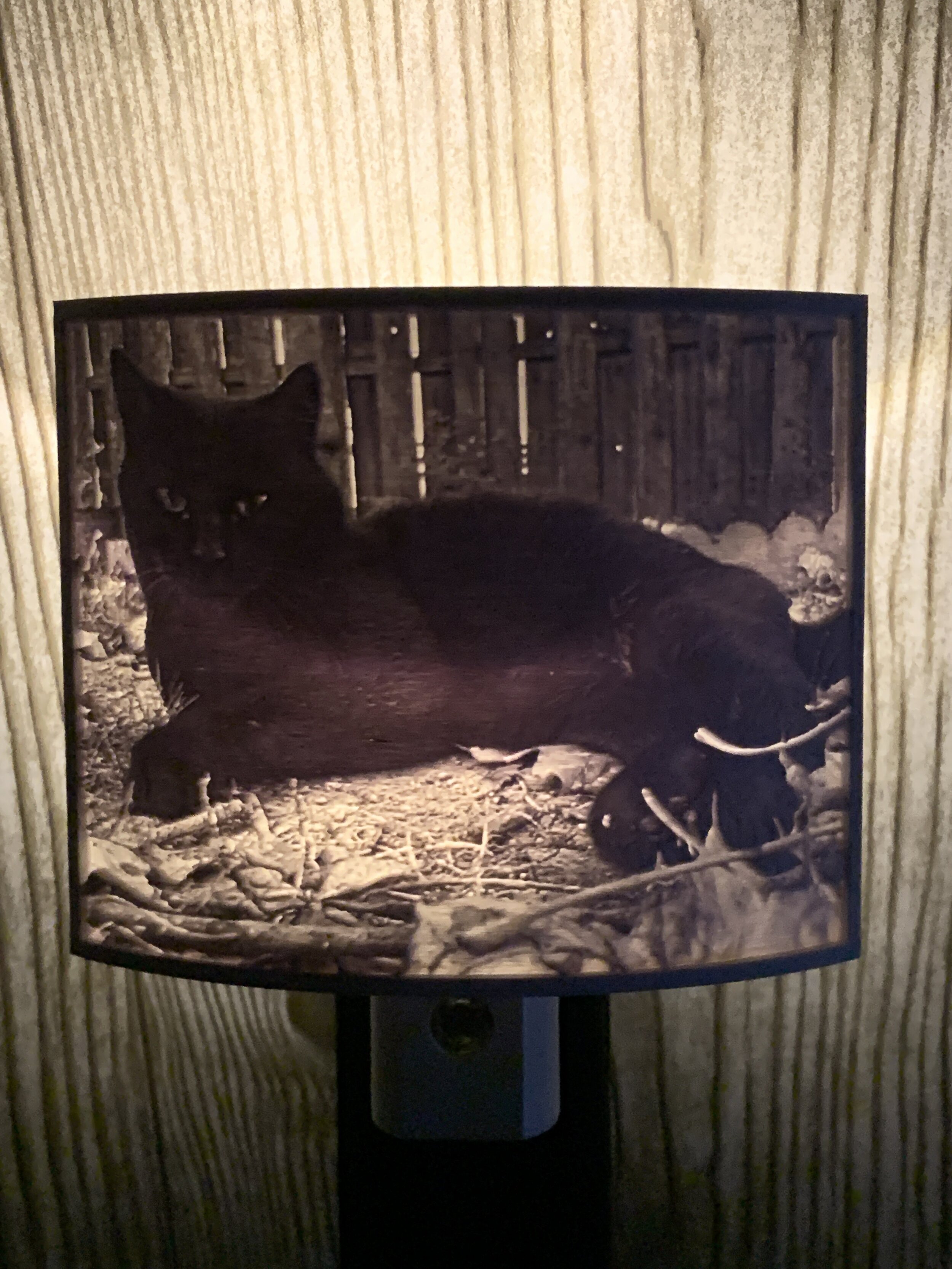Herbicide in the Hudson? Officials look to eradicate invasive species with drones
On a frigid winter afternoon, it is easy to dream of warm summer days spent kayaking on the Hudson. It is also easy to remember the struggle of cutting through thick swaths of water chestnuts near the river’s shore to reach open waters.
Water chestnuts, Trapa natans, an invasive aquatic species released inadvertently into waters of the Northeast in the late 1800s, continue to take over sections of the Hudson River. In Germantown, officials are looking to eradicate 156 acres of invasive water chestnuts that blocks off nearly two miles of waterfront and stretches 1,000 feet into the Hudson River.
Despite efforts to cut the water chestnut’s long tangle of roots under the water’s surface using a special cutter rig constructed by the town historian, access to the river continues to be matted with this invasive species. “This water chestnut blockade dates to about 2010 and has gotten steadily worse every year.”
The New York State Department of Environmental Conservation recently approached the Town of Germantown to discuss potential for a pilot program to help remove 156 acres of invasive water chestnuts using a herbicide.
According to a post from the town’s waterfront committee:
This proposed pilot would include the use of an herbicide which is no one’s first choice but maybe one of the only viable options in our case. The proposal is to do a targeted, foliar (on the leaves only) application of a chemical called Imazamox. This would be done by drone (for minimal water disturbance) with a licensed pilot trained in wind and tide considerations on site. Once the chemical has dried on the leaves in a few hours, little is said to wash into the water. This chemical is considered to have low impact to marine life and can be used around drinking water intakes which we consider important even in a very diluted form for our downstream neighbors in the Hudson 7. This chemical renders the plants unable to grow or produce seeds which may not always be achieved with our current chopping methods. The DEC would monitor for oxygen levels as the plants decompose as well as water testing daily for residual chemical.
The pilot program also includes “extensive native habitat restoration efforts the likes of which Germantown would not able to do on its own.” Native plant samples would be propagated by the Cary Institute in Millbrook and planted yearly until the water chestnuts have died off.
‘The first time it’s being done in the Hudson River’
“This is a scientific study,” Martin Overington, chair of the Germantown Waterfront Advisory Committee (WAC) said during last Monday night’s virtual committee meeting regarding the use of drones to spray herbicides on invasive water chestnuts. “It’s the first time it’s being done in the Hudson River.”
The New York State Department of Environmental Conservation (DEC) and other municipalities have previously used the method of spraying herbicides via drone to combat water chestnuts on other lakes and ponds in the state, Overington added, but never in a waterway such as the Hudson River.
Oswego County in upstate New York has recently added a drone to their water chestnut arsenal. “Overall, the program has been very successful in gaining a measure of control over the water chestnuts,” Joe Chairvolotti, director of the Oswego County Soil and Water Conservation District said. “For example, 10 or 12 years ago, we had more than 300 acres of very dense plant populations in the Oswego River and Ox Creek, and now we are down to a little more than 100 acres. Due to the extensive life cycle of water chestnuts and the rapid ease of seed transfer, we may never fully eradicate the plant, but if we can get it under control and keep it from spreading, that’s a ‘win’ for us.”
Pre-treatment in the Germantown region of the Hudson River is slated to begin in June with spraying of the herbicide Clearcast done via drone completed mid- to late-June. Monitoring with oxygen sensors and post-treatment surveys would take place from July to August. The initial project is proposed to repeat every year for three years and cost $86K each year, paid for by grants to the DEC, according to the WAC.
During Monday night’s meeting, members of the town’s waterfront advisory committee had many questions about the quantities of herbicide being used, and concerns about the potential safety effects.
“If it’s dangerous long term,” advisory member Donald Dubac said, “we’re not going to know until it’s long term.”
“We have three weeks to decide if it’s a thumbs up or a thumb’s down,” Overington added. The Town of Germantown Town Board will have the final vote on the project’s approval.
On Tuesday, January 14, the Germantown Town Board told Overington and Kai Landow of the WAC that, at this time, “there is not enough data” to support the DEC’s proposal in such a short timeframe.
“It sounds great …but it also sounds terrifying,” Deputy Supervisor Austin Sullivan said during the meeting.
The board told the WAC members that if there is any significant data that becomes available in the next few weeks, they would consider a special meeting again on the topic.
“I don’t feel like being a guinea pig,” Town Board Supervisor David Helsey said at the end of the meeting. “They‘ll come back if it works.”
Comments on ‘Herbicide in the Hudson’
https://www.reddit.com/r/hudsonvalley/comments/1hv5pls/officials_to_discuss_using_herbicide_drones/
Advertisement:






































Add an event to the HVNY calendar at hvny.info/share-your-event